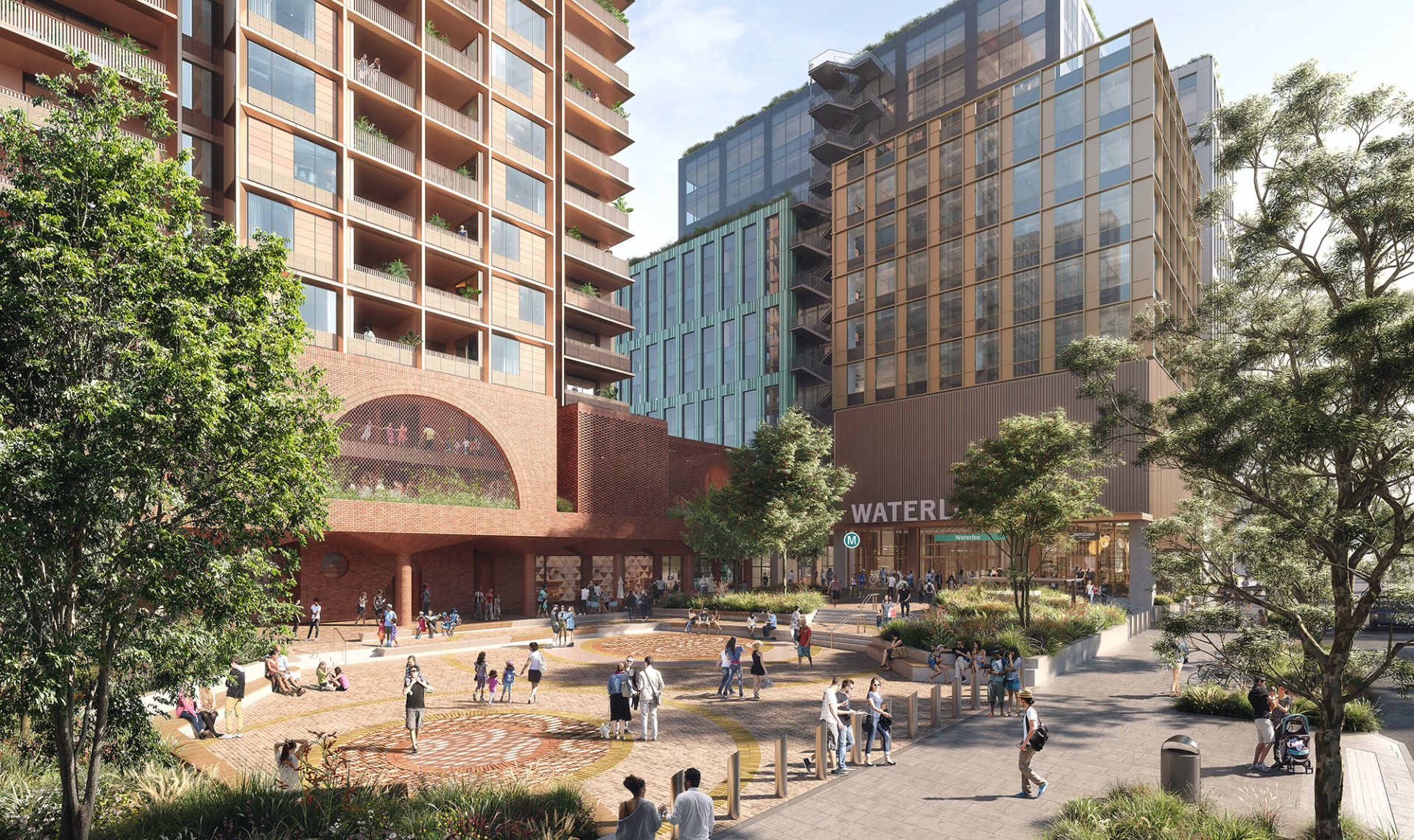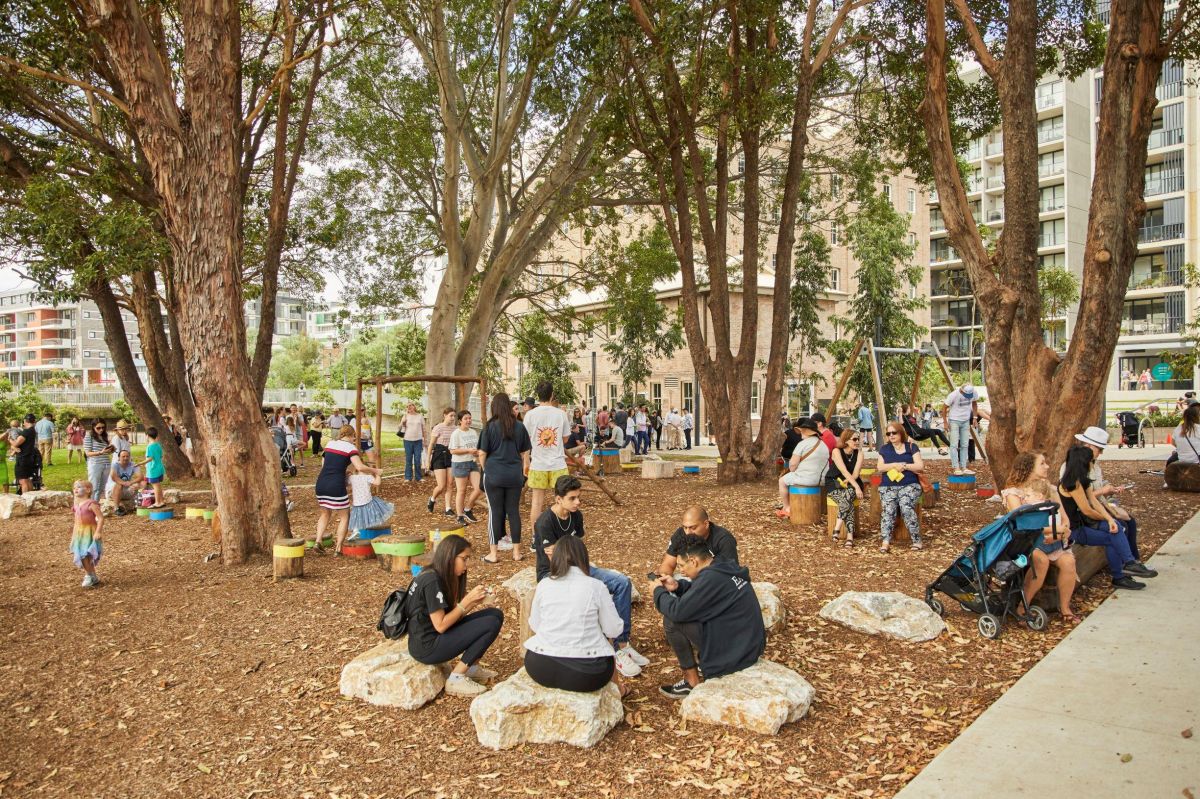The future is quality housing with humanity

The humble home has done its share of heavy lifting in 2020 as cities around the world faced long periods of lockdown to stop the spread of COVID-19.
By Jeremy Schluter, Senior Associate Architect
The world has changed, and so have our homes. Office, gym, cinema, boardroom, classroom, daycare, yoga retreat, date-night restaurant, it’s done it all.
We don’t know exactly what our lives, work and communities will look like post COVID-19. But we do know that the disruption of the pandemic has given us a rare opportunity to reassess life as we know it. From a residential and apartment design perspective, this means acknowledging that the human element had at times been forgotten, and pushing instead towards a future of quality housing with humanity.
That includes making sure there are spaces to sit, reflect, cook, study, share with friends and family, grow food, walk the dog, exercise and smell the flowers from kitchen to kerb – market trends that were emerging pre-pandemic and have accelerated as we’ve experienced ‘home’ differently than ever before.
What does all this mean for the market and for residential design, both short and long term?

FIRST, SOME NUMBERS
As of November 2020, the number of global coronavirus infections is hurtling towards 60 million and almost 1.4 million lives have been lost. Economically, the world has seen more than 400 million full-time equivalent job losses and $10 trillion spent on the economic recovery. (1)
Australia has largely contained the spread, with about 27,000 cases and 907 deaths. (2) Economically, however, we’ve seen a record GDP drop to -7%, the first recession since the 1990s, declining household consumption, unemployment forecast to peak at 8% and federal government debt to fund economic stimulus forecast to peak at about $1 trillion or 44% of GDP by 2024.
We’ve also seen an end to Australia’s steady population growth following a 73.5% drop in migration from January to June 2020. Population forecast is for the slowest growth in over a century. (3) Not only does this impact a demand for housing that has fuelled record peaks in Melbourne, Sydney and Brisbane, but also consumer sentiment from offshore investors.
Then there’s the decrease in discretionary spending, which lead to initial dire forecasts of a possible 10% drop in Australian house prices to 2021. But the results are in and nationally to November 2020 there has only been a 2.1% decline, with a 9% increase in property prices now anticipated for 2021. (4) There are, however, forecasts of slowing apartment supply for Sydney (81%), Melbourne (75%) and Brisbane (90%) to 2023 from 2019 levels. (5)
It’s fair to say that there are challenges ahead for the residential development sector.
But if challenges create opportunity, developers can positively view the gap in housing supply in the major Australian markets with an anticipated spike in demand and return to population growth – side effects of a COVID-19 vaccine – as well as rosier forecasts for market values.
NEW EXPECTATIONS FOR OUR HOMES
Enforced time at home during 2020 saw Australians doing more gardening and DIY (+41%), cooking and baking (+38%) and exercising (net +5%). (6) But people really missed community, with around a third of Australians (29%) reporting wanting to spend more time with family and friends as health restrictions ease. So when thinking about new post-pandemic housing, Australians now prioritise places to share with other people, like backyards (27%) and entertainment areas (18%).
Reduced movements during lockdowns have also impacted how we want to live, making us more aware of our neighbourhoods and their amenities.
More than one in three Australians want to be closer to either parks or shops (31%).
And while we’re keen to get out and about, dramatic increases in working from home seem set to stay in some form for the foreseeable future future (as evidenced in our exclusive Workplace beyond 2020 research). Accordingly, a distinct study area (20%) and a large kitchen (15%) top the list of internal expectations – enabling simultaneous working from home and sourdough baking.

THE IMMEDIATE, EVOLVING AND ENDURING IMPACTS ON OUR HOMES
These changes to our homes, lifestyles and market expectations are having immediate, evolving and enduring impacts on the residential sector.
Existing buildings and current residential developments are experiencing the most immediate impacts, as well as once-in-a-generation market force challenges. Slower offshore investor sales mean greater reliance on local buyers and owner-occupiers. Lower household consumer spending and tightening economic conditions create a market that demands quality and is spoilt for choice.
Those projects currently in design are bearing the brunt of evolving impacts. As Phil Burns, director of Sinclair Brook puts it, “The challenge is to balance the perceived and actual post-pandemic needs and wants of the purchaser both now and into the future”. Does that mean larger apartments or more public areas? Wider corridors and more lifts or open stairs?
Developers such as Mirvac, Stockland and Icon are already adopting flexible private layouts with sliding doors and walls, flexible joinery and a suite of upgrade options to cater to increasingly discerning owner-occupiers. (7)
Some things are certain. We want more nature, whether it’s because of a heightened awareness of ventilation or desire for daylight. A useable balcony and gardens either built in to the building and/or in shared areas tick the box for growing demand for the Aussie backyard.
The enduring impact of the pandemic on the residential sector is sure to be in the role of the home and the resulting cultural and lifestyle changes.
The mental health effects of the pandemic means people want more spaces for privacy, retreat and reflection balanced against places for connection and social interaction as well as shared pet-friendly spaces. That desire for increased time with family and friends will position places that build community as a market separator.
Proximity to schools, parks, public transport and cafes has always been in demand, and is even more so now. What is likely an enduring evolution of our homes is an increasing demand for social spaces and public places to entertain, meet up and foster a sense of community.
Flexibility and choice for people are key to balancing the evolving and enduring impacts of the pandemic. ICD Property’s Sal Quah says, “Choice is the most important consideration for consumers in 2020. Whether that’s where they work, or what they want from their home, upgrade options and interior customisation – people are demanding options”.
Our research, experience and conversations with industry partners tell us that there’s hope on the horizon and that Australia’s best housing is yet to come. COVID-19 may have just provided the circuit breaker we needed to get back to providing quality housing with humanity.